Home>Garden Essentials>What Is Seed Cleaning
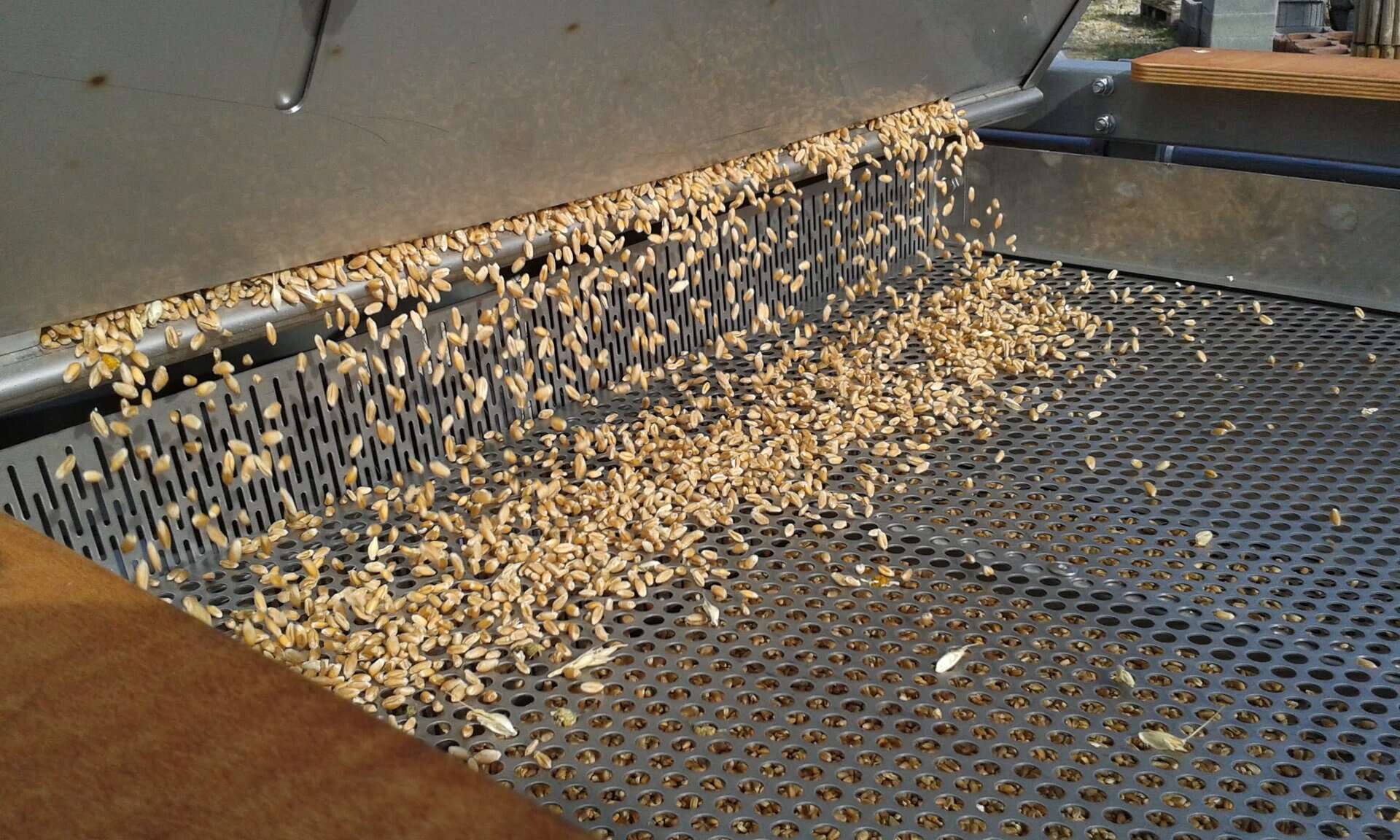

Garden Essentials
What Is Seed Cleaning
Modified: March 16, 2024
Discover the importance of seed cleaning in your garden and how it ensures healthy plant growth. Learn the techniques and benefits of seed cleaning.
(Many of the links in this article redirect to a specific reviewed product. Your purchase of these products through affiliate links helps to generate commission for Storables.com, at no extra cost. Learn more)
Introduction
When it comes to gardening, the quality of seeds plays a crucial role in determining the success of your plants. However, seeds straight from the harvest are often not ready for immediate use. They can contain impurities, such as dirt, stones, and other plant debris, that can hinder germination and growth. This is where seed cleaning comes into the picture.
Seed cleaning is a process of removing unwanted materials from the seeds to improve their quality and viability. It involves separating the seeds from impurities like chaff, dust, insects, weed seeds, and other contaminants. The cleaned seeds are then ready for storage, planting, or further processing.
The importance of seed cleaning cannot be overstated. High-quality and clean seeds are vital for maximizing crop yield, ensuring uniform seed size, and preventing the spread of diseases and weed seeds. Additionally, clean seeds have a higher germination rate, leading to healthier plants and a more productive garden.
The seed cleaning process typically involves several steps and techniques to ensure optimal results. These steps aim to remove as many impurities as possible while minimizing damage to the seeds. The process varies depending on factors like the type of seeds, the level of contamination, and the available equipment.
In the following sections, we will delve deeper into the seed cleaning process, the methods and techniques used, the equipment involved, quality control measures, and the challenges associated with seed cleaning.
Key Takeaways:
- Seed cleaning is essential for healthy plants. It removes impurities, improves germination, and ensures uniform seed size, leading to better crop yield and weed control.
- Using techniques like screening and air separation, seed cleaning enhances seed quality. It’s crucial for successful gardening and farming, despite challenges like varying seed characteristics and time intensiveness.
Read more: How Do You Clean Pumpkin Seeds
Definition of Seed Cleaning
Seed cleaning is the process of removing impurities and contaminants from seeds to improve their quality and viability. It involves separating the seeds from unwanted materials like chaff, dust, dirt, weed seeds, insect fragments, and other plant debris. By eliminating these impurities, seed cleaning enhances the germination rate, ensures uniform seed size, and reduces the risk of disease and weed seed contamination.
Seed cleaning is essential for both commercial seed producers and home gardeners. High-quality seeds are crucial for productive and healthy plant growth.
The impurities present in seeds can negatively impact their performance. Chaff, for example, can prevent proper air circulation around the seeds, leading to reduced germination rates. Dust and dirt can inhibit seed respiration and nutrient absorption. Weed seeds may compete with the desired plants for resources, resulting in lower yields. Furthermore, insect fragments and plant debris can introduce pathogens and diseases to the soil.
Seed cleaning is typically carried out after the initial seed harvest. The severity of the cleaning process depends on the level of contamination and the desired quality standards. It can range from a simple manual separation of large impurities to an advanced mechanized process that utilizes specialized equipment.
By removing contaminants, seed cleaning ensures that you start with high-quality seeds that are more likely to thrive in your garden. Whether you are a commercial farmer looking to optimize your crop production or a home gardener aiming for a bountiful harvest, seed cleaning is a crucial step to achieve your goals.
Importance of Seed Cleaning
Seed cleaning is of utmost importance for various reasons. It not only improves the quality of seeds but also enhances the overall success of your gardening endeavors. Here are some key reasons why seed cleaning is essential:
- Improved Germination: Clean seeds have a higher germination rate compared to those contaminated with impurities. Removing debris and contaminants allows the seeds to absorb water and nutrients more efficiently, promoting healthy germination and seedling development.
- Enhanced Plant Health: Seeds that undergo proper cleaning are less likely to harbor pests, diseases, and weed seeds. This reduces the risk of introducing harmful pathogens into your garden, resulting in healthier plants with increased resistance to diseases and pests.
- Uniform Seed Size: During the seed cleaning process, smaller, damaged, or irregularly shaped seeds are often separated. This helps in achieving uniform seed size, which is important for consistent plant growth and uniformity in crops.
- Better Crop Yield: Clean seeds allow for optimal seed-to-soil contact, ensuring efficient uptake of nutrients and water. This can lead to improved crop yields, as the plants have the necessary resources to grow and produce healthy fruits, vegetables, or grains.
- Weed Control: Seed cleaning helps eliminate weed seeds that may be present in the harvested seeds. By reducing weed seed contamination, you can prevent weed competition, minimizing the need for manual weeding and herbicides. This ultimately saves time and resources in maintaining a weed-free garden or farm.
- Seed Storage: Clean seeds are less prone to spoilage during storage. Removing impurities and properly cleaning and drying the seeds prevents mold growth and prolongs their shelf life. This ensures that your seeds remain viable and of high quality until the next planting season.
Overall, seed cleaning improves seed quality, promotes healthy plant growth, and increases the chances of a successful and productive garden or farm. It is an essential step for both commercial seed producers and home gardeners who aim to achieve optimal results and create a sustainable and vibrant garden ecosystem.
Seed Cleaning Process
The seed cleaning process involves several steps designed to remove impurities and contaminants from the seeds. While the specific process may vary depending on the type of seeds, level of contamination, and available equipment, there are common stages involved in most seed cleaning processes:
- Pre-Cleaning: The initial step in the seed cleaning process is pre-cleaning. This involves removing large impurities and debris, such as rocks, sticks, leaves, and larger weed seeds, from the harvested seeds. Pre-cleaning can be done manually by hand or by using equipment like screens, air aspirators, or gravity separators.
- Screening: Once the larger impurities are removed, the seeds are passed through screens or sieves. These screens help separate the seeds based on size, allowing smaller seeds to fall through while larger seeds are retained. The screens can be adjusted to achieve the desired seed size uniformity.
- Air Separation: Air separation is a common technique used to remove lighter impurities like chaff, dust, and other lightweight materials. It involves passing the seeds through an air stream or using an air separator machine that blows away the lighter debris while allowing the heavier seeds to pass through.
- Gravity Separation: Gravity separation is another method used to separate seeds based on density differences. It involves using equipment like gravity tables or spiral separators to create a controlled vertical air column. The heavier seeds settle down while the lighter impurities are carried away by the air current.
- Color Sorting: In some cases, color sorting machines are used to further refine the seed cleaning process. These machines use optical sensors to detect and remove seeds with undesirable colors or abnormalities. This step can help achieve higher seed purity and uniformity.
- Final Inspection: After the primary cleaning steps, a final inspection is conducted to ensure that the desired level of seed purity and quality is achieved. This step involves visually examining the seeds for any remaining impurities, damaged or diseased seeds, and weed seeds. Any remaining impurities are manually removed or processed using specialized equipment.
It is important to note that the seed cleaning process should be done carefully and with proper knowledge to prevent damage to the seeds. The method and equipment used should be chosen based on the specific requirements of the seeds and the desired quality standards.
By following a systematic seed cleaning process, you can significantly improve the quality, viability, and performance of the seeds, setting the stage for successful gardening or farming endeavors.
Methods of Seed Cleaning
Seed cleaning can be performed using various methods, depending on factors such as the type of seeds, level of contamination, available equipment, and desired quality standards. Here are some common methods of seed cleaning:
- Hand Cleaning: Hand cleaning is a manual method used for small-scale seed cleaning. It involves sorting through the seeds by hand, removing larger impurities, and separating damaged or diseased seeds. Hand cleaning is suitable for batches with minimal contamination and can be done using basic tools like sieves, screens, and tweezers.
- Screening: Screening is a widely used method that involves passing the seeds through mesh screens or sieves. The screens have varying mesh sizes, which allow smaller impurities to fall through while retaining the seeds. This method is effective in removing larger contaminants such as rocks, sticks, and plant debris.
- Air Separation: Air separation is a technique that uses an air stream to separate lighter impurities from the seeds. It involves passing the seeds through a machine equipped with blowers and aspirators. The air flow blows away lighter materials like chaff, dust, and insect fragments, while the seeds fall into a separate collection container.
- Gravity Separation: Gravity separation utilizes the principle of density differences to separate seeds from impurities. Equipment such as gravity tables or spiral separators is used to create a controlled vertical air column. The heavier seeds settle down, while lighter impurities are carried away by the air current. This method is effective in removing smaller impurities like weed seeds.
- Magnetic Separation: Magnetic separation is used to remove magnetic impurities, such as metal fragments, from the seeds. This method utilizes magnets to attract and separate the metallic materials from the seed batch. Magnetic separators are commonly used in industrial seed cleaning facilities to ensure high-quality seed production.
- Color Sorting: Color sorting is a modern method of seed cleaning that uses optical sensors and cameras to detect and remove seeds with undesirable colors or abnormalities. The machine analyzes each seed based on its color, shape, and size, and separates the defective seeds from the good ones. Color sorting ensures better uniformity and purity of the seeds.
The choice of seed cleaning method depends on the specific needs and requirements of the seeds, as well as the scale of seed production. Small-scale gardeners may opt for hand cleaning or screening, while larger-scale operations may invest in machinery and equipment for more efficient cleaning processes.
It is important to note that proper knowledge and understanding of the seed cleaning methods are necessary to achieve the desired quality and viability of the seeds. Experimentation and adaptation of different methods may be required based on the specific characteristics of the seeds and the level of contamination.
By utilizing the appropriate seed cleaning methods, you can ensure that your seeds are free from impurities and contaminants, setting the stage for healthy and thriving plant growth.
When cleaning seeds, it’s important to remove any debris, chaff, or other impurities to improve germination and overall seed quality. Use a combination of methods such as air separation, screening, and gravity separation to effectively clean the seeds.
Read more: What Are Seeds
Techniques Used in Seed Cleaning
Seed cleaning techniques involve a combination of different methods and processes to ensure thorough removal of impurities and contaminants from the seeds. These techniques are designed to optimize the cleaning efficiency while preserving the integrity and viability of the seeds. Here are some commonly used techniques in seed cleaning:
- Scalping: Scalping is the initial step in the seed cleaning process and involves the removal of large impurities and debris. This can be done using screens or sieves with large openings to separate out rocks, sticks, leaves, and other larger materials. Scalping helps in preventing damage to subsequent cleaning equipment and ensures the efficient cleaning of smaller impurities.
- Air Aspiration: Air aspiration is a technique used to remove lighter impurities, such as chaff, dust, and lightweight debris, from the seed batch. It involves passing the seeds through an air stream, which carries away the lighter materials while allowing the heavier seeds to fall. Air aspirators, blowers, and suction systems are used to create the necessary air flow for effective separation.
- Screening and Sizing: Screening and sizing involve the use of mesh screens or sieves to separate the seeds based on size. Different screens with varying mesh sizes are used to sort the seeds into different fractions. This technique helps in achieving uniform seed size and removing smaller impurities that are similar in size to the seeds.
- Gravity Separation: Gravity separation techniques are employed to separate seeds from impurities based on their density differences. Equipment like gravity tables or spiral separators utilize the force of gravity and air flow to carry away lighter impurities while allowing the heavier seeds to settle. This technique helps in removing smaller impurities like weed seeds and ensures better quality seed production.
- Magnetic Separation: Magnetic separation is used to eliminate magnetic impurities, such as metal fragments, from the seed batch. This technique involves the use of magnets or magnetic belts that attract and capture the metallic materials, allowing the seeds to pass through unaffected. Magnetic separation ensures that the seeds are free from any potential contaminants that could hinder germination or cause harm during cultivation.
- Color Sorting: Color sorting is a sophisticated technique that utilizes optical sensors and cameras to detect and sort seeds based on their color, shape, and size. Each seed is analyzed, and defective or discolored seeds are removed from the batch. Color sorting helps in achieving high seed purity, uniformity, and visual appeal.
These techniques can be employed individually or in combination, depending on the specific needs and characteristics of the seed batch. It is important to choose the appropriate techniques based on the type and level of impurities, the desired quality standards, and the available equipment.
By incorporating these effective techniques into the seed cleaning process, you can ensure that your seeds are thoroughly cleaned, promoting optimal germination rates, healthier plant growth, and higher crop yields in your garden or farm.
Equipment Used in Seed Cleaning
Seed cleaning involves the use of various specialized equipment and machinery to efficiently remove impurities and contaminants from the seeds. These equipment aid in achieving high-quality seed production and ensure the viability and performance of the seeds. Here are some commonly used equipment in seed cleaning:
- Screeners and Sieves: Screeners and sieves are essential tools in seed cleaning. They consist of mesh screens with different opening sizes to separate seeds based on their size. Coarse screens are used for scalping, removing larger impurities, while finer screens help in separating smaller impurities from the seeds. Vibrating screeners and shaking sieves are commonly used to achieve efficient separation.
- Gravity Tables: Gravity tables are equipment that utilize air flow and gravity to separate seeds from lighter impurities. They consist of inclined decks with adjustable air columns. The decks are covered with perforated trays, allowing air to pass through while the heavier seeds settle down. Gravity tables are effective in removing smaller impurities and significantly improving seed quality.
- Air Aspirators and Blowers: Air aspirators and blowers are used to create the necessary air flow for air separation techniques in seed cleaning. They help to blow away lighter materials like chaff, dust, and debris while allowing the seeds to fall or pass through. These components play a crucial role in achieving effective cleaning and ensuring the separation of lighter impurities from the seeds.
- Magnetic Separators: Magnetic separators are used to remove magnetic impurities, such as metal fragments, from the seed batch. They consist of magnets or magnetic belts that attract and capture metallic materials, ensuring that the seeds remain free from any potential contaminants. Magnetic separators help to maintain the quality and integrity of the seeds during the cleaning process.
- Color Sorters: Color sorters are advanced equipment that utilize optical sensors and cameras to detect and remove seeds with undesirable colors or abnormalities. The machines analyze each seed based on its color, size, and shape and sort them accordingly. This equipment helps to achieve high seed purity, uniformity, and visual appeal in the final seed product.
- Hand Tools: Hand tools such as sieves, screens, tweezers, and brushes are essential for manual cleaning and inspection of seeds. These tools are used for pre-cleaning, sorting, and removing larger debris and impurities. Hand tools are particularly useful for small-scale seed cleaning operations or for specific seed varieties that require delicate handling.
The choice of equipment depends on various factors, including the type of seeds, level of contamination, desired quality standards, and the scale of seed production. Large-scale commercial seed cleaning facilities often utilize mechanized equipment for efficient and high-volume cleaning, while small-scale gardeners may rely on manual and basic tools for seed cleaning.
It is important to select appropriate equipment based on the specific needs and characteristics of the seeds and to ensure that the equipment is maintained and operated correctly to achieve optimal cleaning results.
By utilizing the right equipment in the seed cleaning process, you can enhance seed quality, improve germination rates, and contribute to the success of your garden or farm.
Quality Control in Seed Cleaning
Quality control is an integral part of the seed cleaning process, ensuring that the seeds meet the desired standards of purity, viability, and performance. Implementing effective quality control measures helps to produce high-quality seeds that lead to successful gardening or farming endeavors. Here are some key aspects of quality control in seed cleaning:
- Seed Sampling: Seed sampling involves collecting representative samples from the seed batch for testing and analysis. These samples are taken at various stages of the cleaning process to monitor the effectiveness of the cleaning techniques and ensure the removal of impurities. Seed sampling helps in evaluating seed quality, identifying potential issues, and making necessary adjustments during the seed cleaning process.
- Physical Purity Analysis: Physical purity analysis involves visually inspecting the cleaned seeds to assess their quality and purity. Trained personnel examine the seeds to check for the presence of impurities, damaged or shriveled seeds, or weed seeds. A thorough physical purity analysis ensures that the seeds are free from debris and contaminants that could hinder germination or compromise plant health.
- Germination Testing: Germination testing is an essential part of quality control in seed cleaning. It involves planting cleaned seeds under controlled conditions to assess their germination rate and viability. Germination tests help determine the percentage of seeds that will successfully sprout and develop into healthy plants. This information is crucial for estimating seed viability and ensuring the production of high-quality seeds.
- Purity Testing: Purity testing involves analyzing the seed batch to determine the presence of weed seeds or other crop seeds. This test ensures that the cleaned seeds are within the desired purity standards. Purity testing helps identify any contamination issues and ensures that the seeds are suitable for planting without competition from other unwanted plant species.
- Moisture Content Evaluation: Moisture content evaluation is important for seed storage and preservation. Too much moisture can lead to seed spoilage, while insufficient moisture can cause seed dormancy or hinder germination. Measuring the moisture content of the cleaned seeds helps determine the appropriate conditions for storage and ensures the longevity and quality of the seeds.
- Record Keeping: Proper record keeping is essential for quality control in seed cleaning. It involves documenting the details of the cleaning process, including the seed source, cleaning techniques employed, test results, and any adjustments made during the process. Maintaining accurate records helps trace the history of the seeds, identify trends, and ensure consistency in seed quality.
Implementing quality control measures helps identify and address any issues in the seed cleaning process. By regularly monitoring and evaluating the quality of cleaned seeds, adjustments can be made to improve the effectiveness and efficiency of the cleaning techniques. This ensures that only high-quality seeds are produced, leading to successful plant growth and optimal yield.
It is advisable to follow established industry standards and guidelines for quality control in seed cleaning to ensure the highest level of seed quality and customer satisfaction. By prioritizing quality control measures, you can have confidence in the seeds you sow and maximize your gardening or farming potential.
Challenges in Seed Cleaning
Seed cleaning, while crucial for producing high-quality seeds, comes with its own set of challenges. These challenges can vary depending on factors such as the type of seeds, level of contamination, available equipment, and environmental conditions. Here are some common challenges encountered in seed cleaning:
- Variability in Seed Characteristics: Different seed varieties may have unique characteristics, including size, shape, and density. This can make it challenging to achieve uniform cleaning and separation using standard equipment. Adjustments may be necessary to accommodate variations in seed size and density to ensure effective removal of impurities.
- Time and Labor Intensive: Seed cleaning can be a time-consuming and labor-intensive process, especially when done manually or on a small scale. Manual sorting and inspection of seeds for impurities, as well as the use of hand tools, require patience and diligence. Large-scale operations may invest in mechanized equipment to speed up the cleaning process, but still require skilled personnel to operate and maintain the machinery.
- Contamination Control: Ensuring the purity of seeds is crucial, as contamination can lead to decreased germination rates and the spread of diseases or weed seeds. Controlling contamination from external sources, such as dust, pests, or other plant materials, can be challenging, especially in open-air or outdoor cleaning operations. Regular maintenance of equipment, proper handling, and hygiene practices are essential to minimize contamination risks.
- Varying Levels of Contamination: The level of contamination in seed batches can vary, which requires flexible cleaning techniques to effectively remove impurities. Different seeds may have varying amounts of chaff, dust, weed seeds, or other contaminants that require specific approaches for optimal cleaning. The ability to adapt cleaning methods based on the level of contamination is crucial in achieving desired seed quality.
- Equipment Selection and Maintenance: Choosing appropriate cleaning equipment is vital to achieve efficient and effective seed cleaning. However, the availability of suitable equipment and the cost of maintenance can be challenges, especially for smaller-scale operations. Regular maintenance, calibration, and replacement of worn-out parts or screens are necessary to ensure the proper functioning of the equipment and accurate seed cleaning.
- Seed Fragility: Some seeds can be delicate and easily damaged during the cleaning process. Fragile seeds such as flowers or certain vegetable seeds require gentle handling and customized cleaning techniques to prevent seed damage or breakage. Careful adjustment of equipment settings and choosing the right technique for delicate seeds is necessary to maintain seed integrity.
Overcoming these challenges requires a combination of knowledge, experience, and adaptation. It is important to stay updated with advances in seed cleaning technology, seek guidance from experts, and maintain a meticulous approach to ensure that the seeds are cleaned effectively and at the desired quality standards.
Despite the challenges, seed cleaning remains a vital step in producing high-quality seeds, leading to successful plant growth and bountiful harvests. With careful attention to detail and a commitment to continuous improvement, these challenges can be navigated, resulting in cleaner and healthier seeds for your gardening or agricultural pursuits.
Conclusion
Seed cleaning plays a crucial role in ensuring the quality, viability, and performance of seeds in gardening and farming. By removing impurities, contaminants, and weed seeds from the harvested seeds, the seed cleaning process sets the foundation for successful plant growth and optimal yields.
Throughout the seed cleaning process, various techniques and equipment are employed to achieve efficient cleaning and separation. Methods such as screening, air aspiration, gravity separation, magnetic separation, and color sorting are utilized to remove impurities based on their size, density, or color. These techniques, combined with proper quality control measures, help produce high-quality seeds that exhibit improved germination rates, uniformity, and resistance to diseases and weed infestation.
However, seed cleaning is not without its challenges. Varying seed characteristics, time and labor intensiveness, contamination control, and fragile seed handling require careful attention and adaptation to ensure successful cleaning. Choosing appropriate equipment, maintaining it regularly, and applying effective quality control measures are essential in overcoming these challenges and producing clean and healthy seeds.
In conclusion, seed cleaning is a vital step in the gardening and farming journey. It enhances the germination rate, improves plant health, promotes uniformity in seed size, and reduces the risks of diseases and weed infestations. Through proper cleaning techniques, quality control, and an understanding of the challenges involved, gardeners and farmers can obtain high-quality seeds that pave the way for thriving plants and abundant harvests.
So, the next time you prepare to sow your seeds, remember the importance of seed cleaning and invest the time and effort to ensure that your seeds are thoroughly cleaned and ready for optimal growing conditions. Your plants will thank you with robust growth, healthy yields, and a beautiful garden or farm.
Frequently Asked Questions about What Is Seed Cleaning
Was this page helpful?
At Storables.com, we guarantee accurate and reliable information. Our content, validated by Expert Board Contributors, is crafted following stringent Editorial Policies. We're committed to providing you with well-researched, expert-backed insights for all your informational needs.
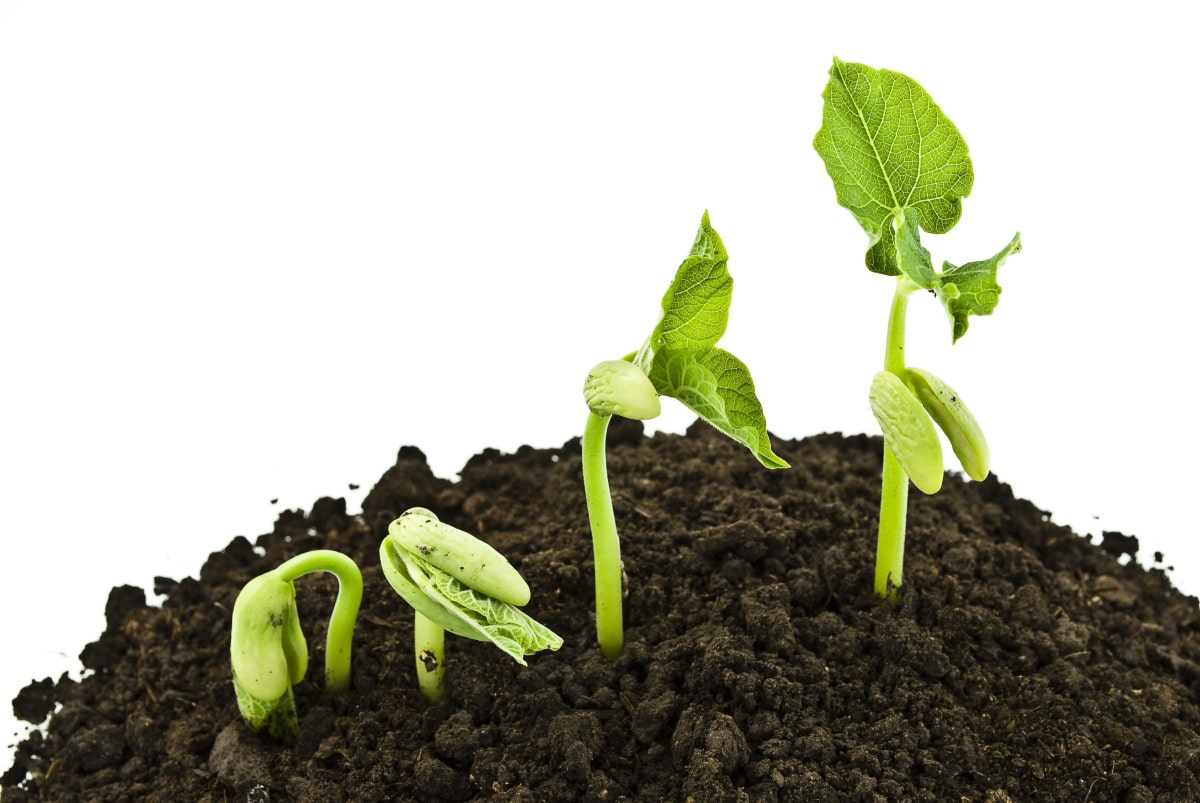
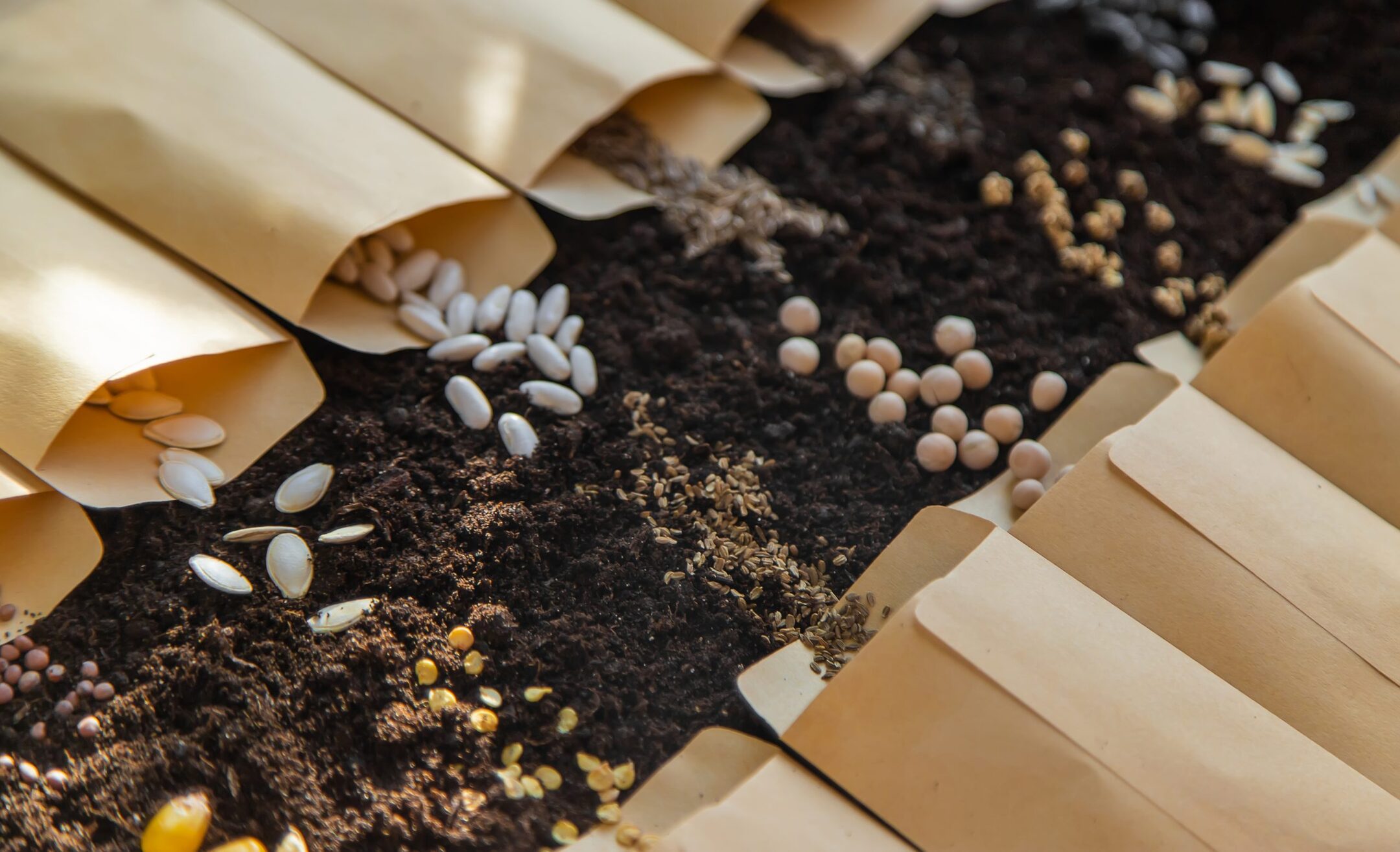
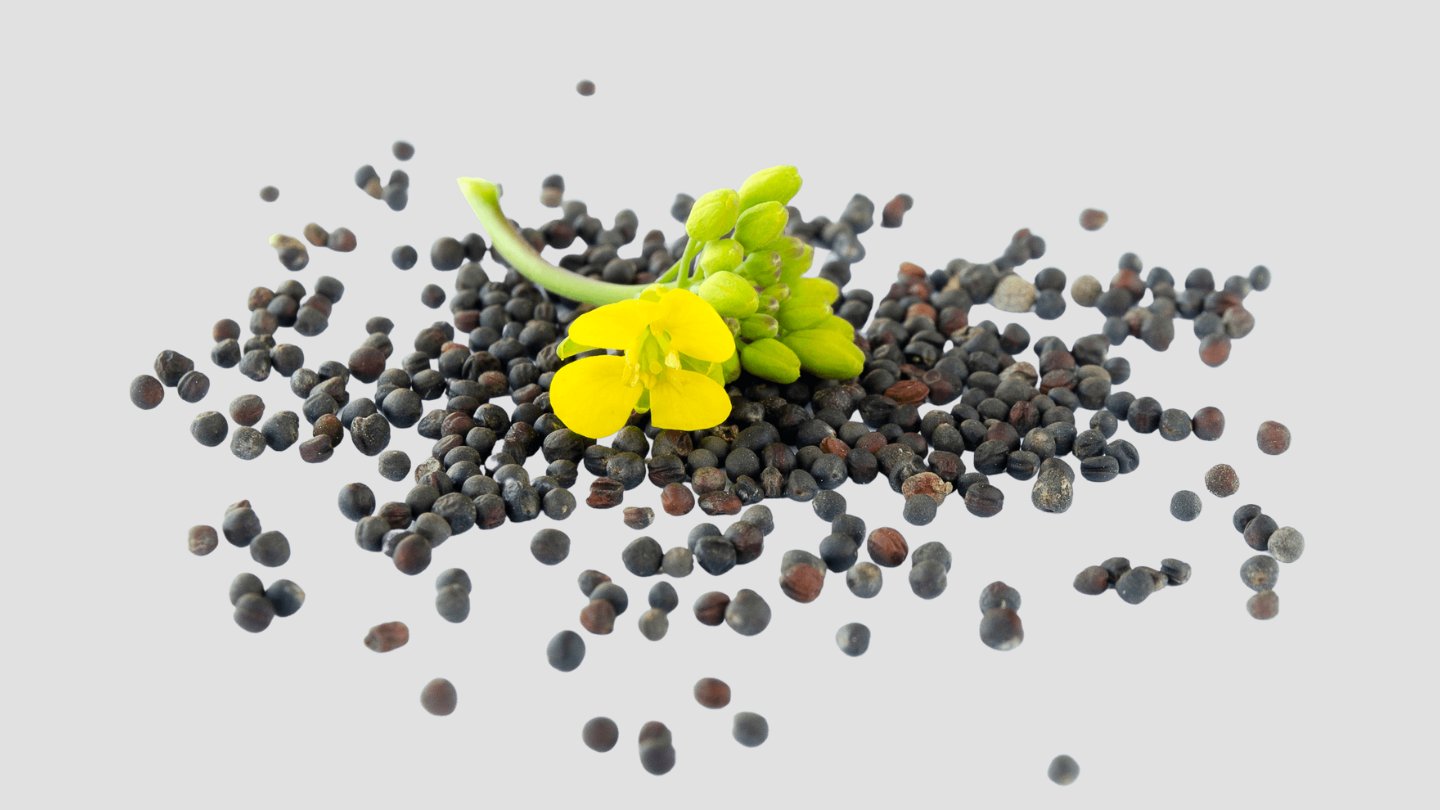
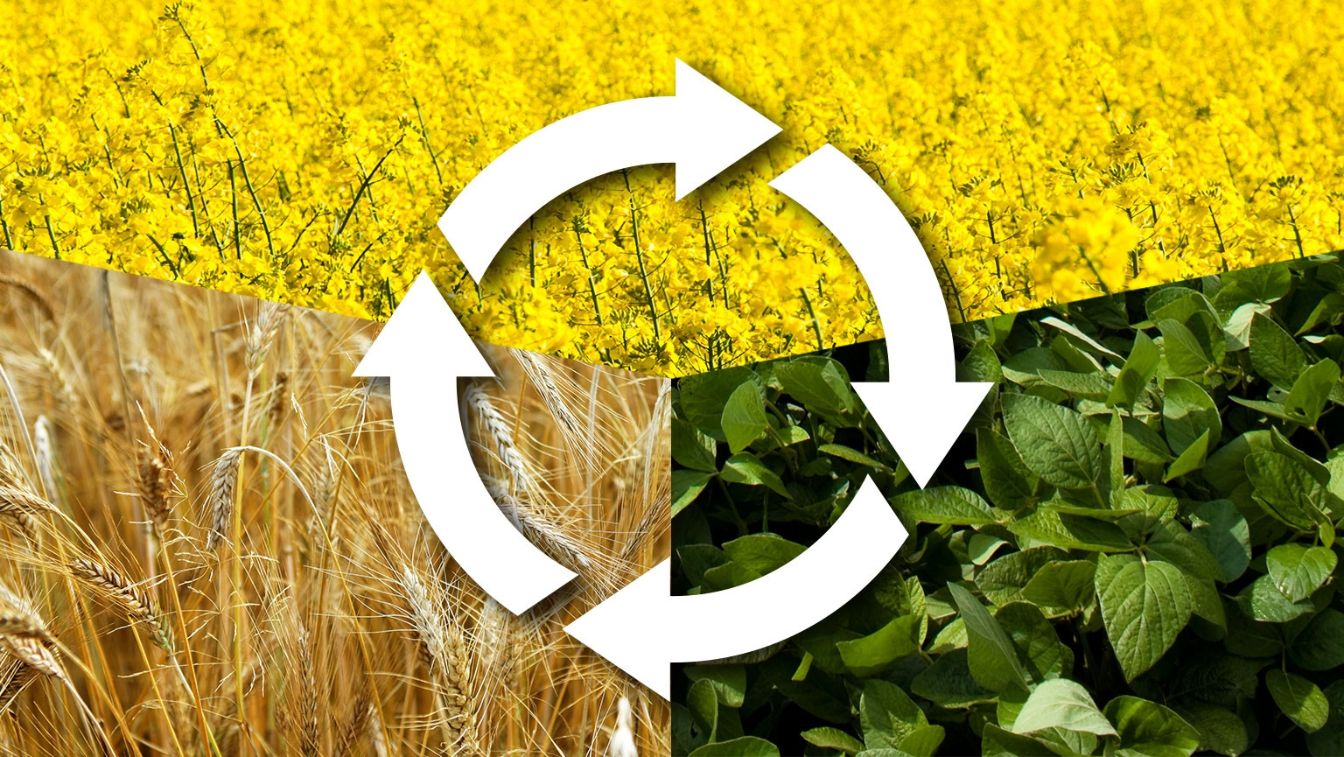
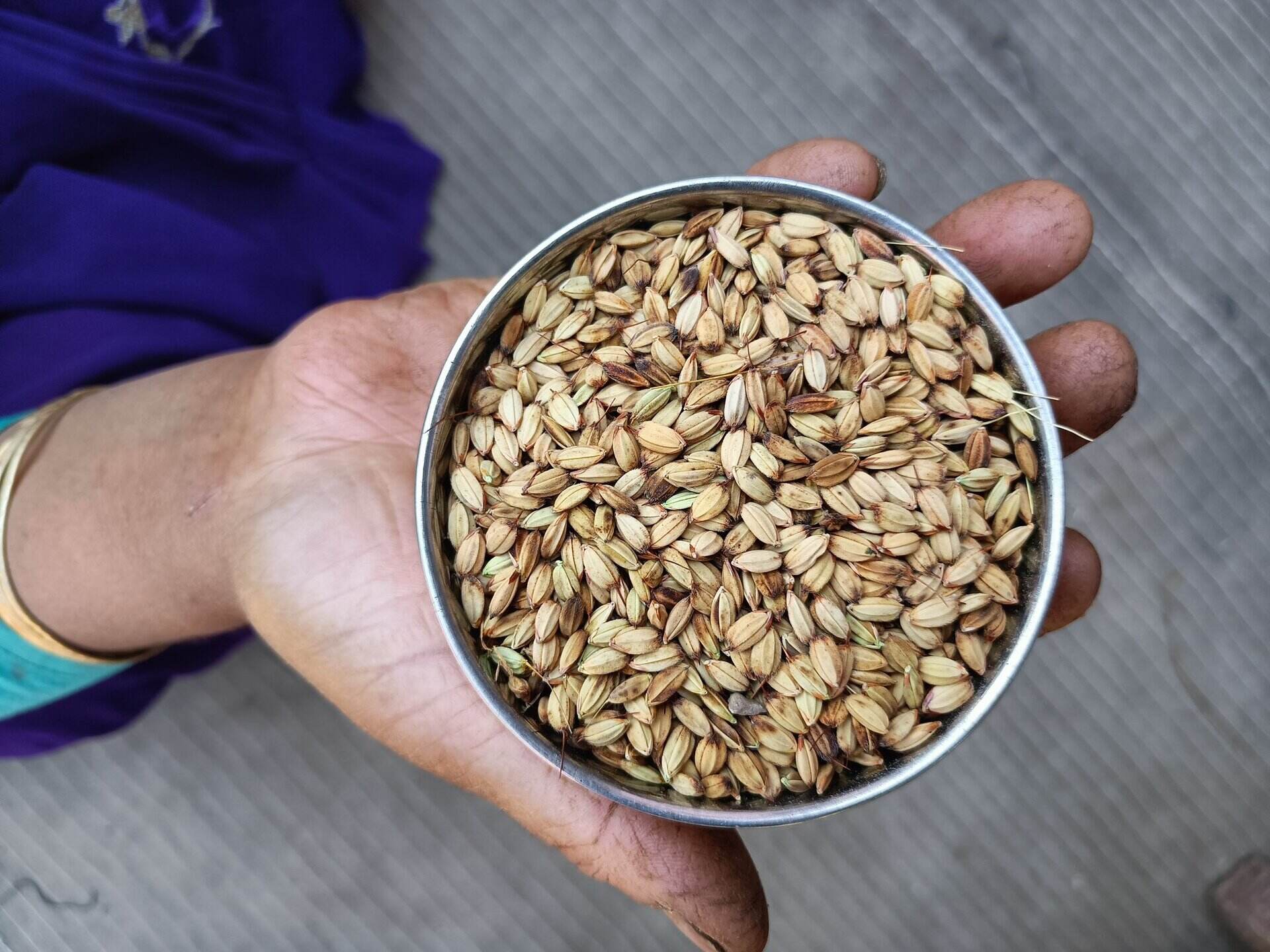
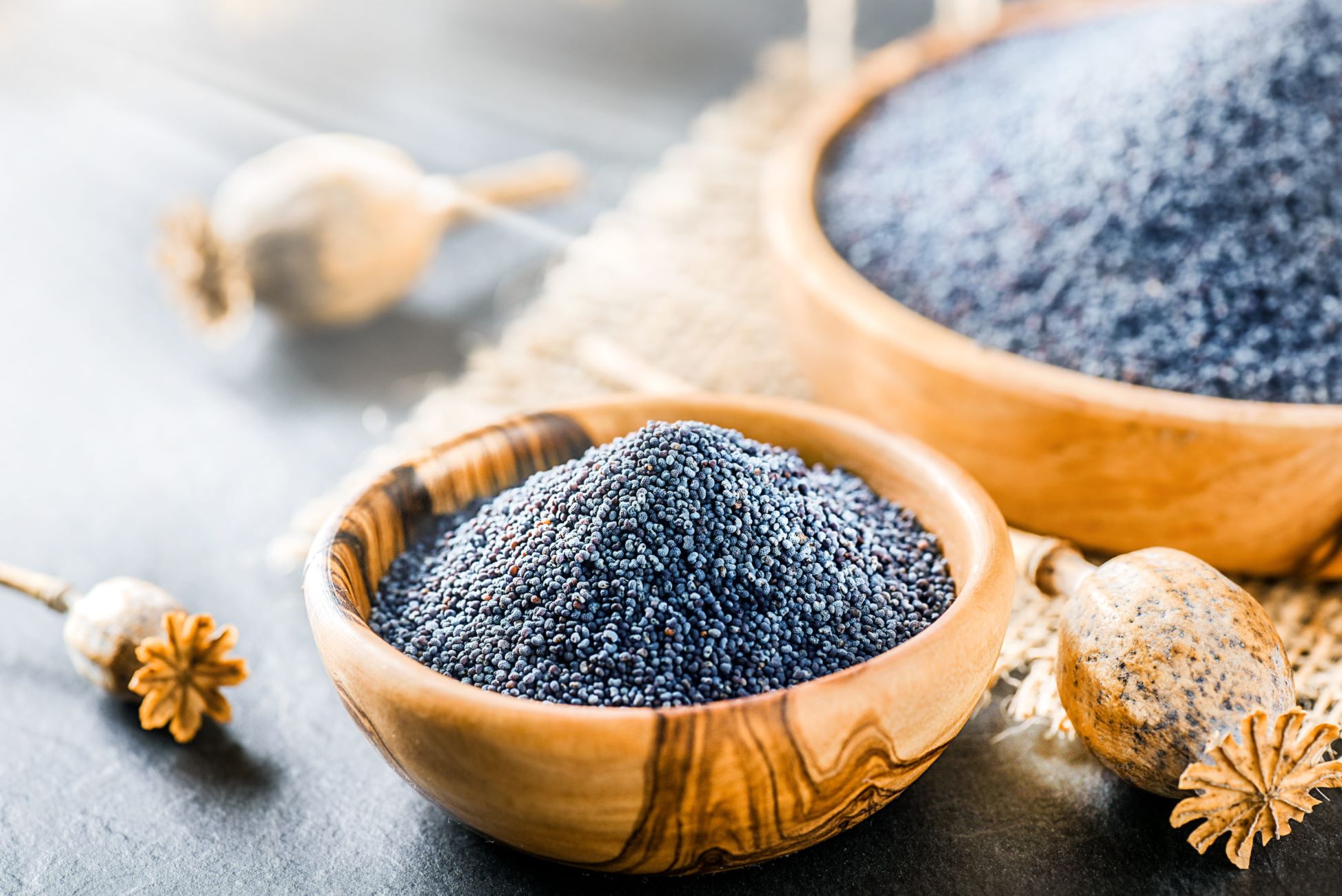
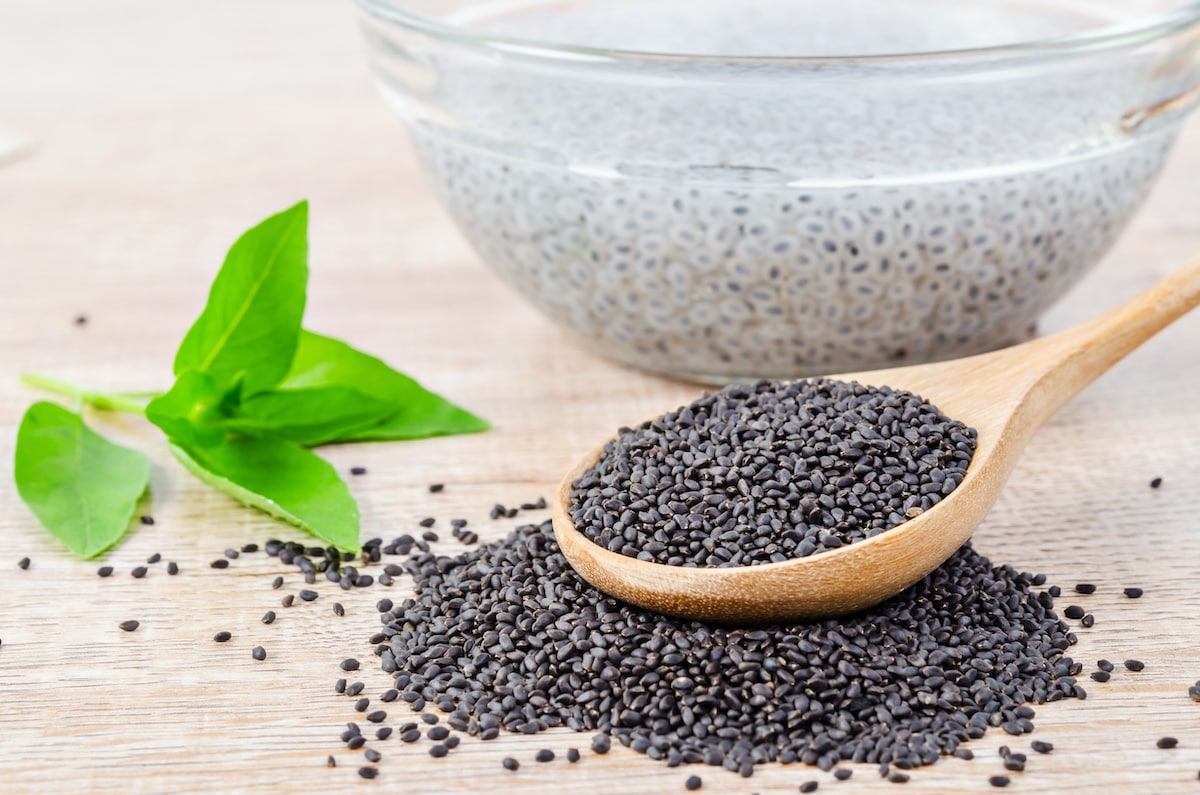
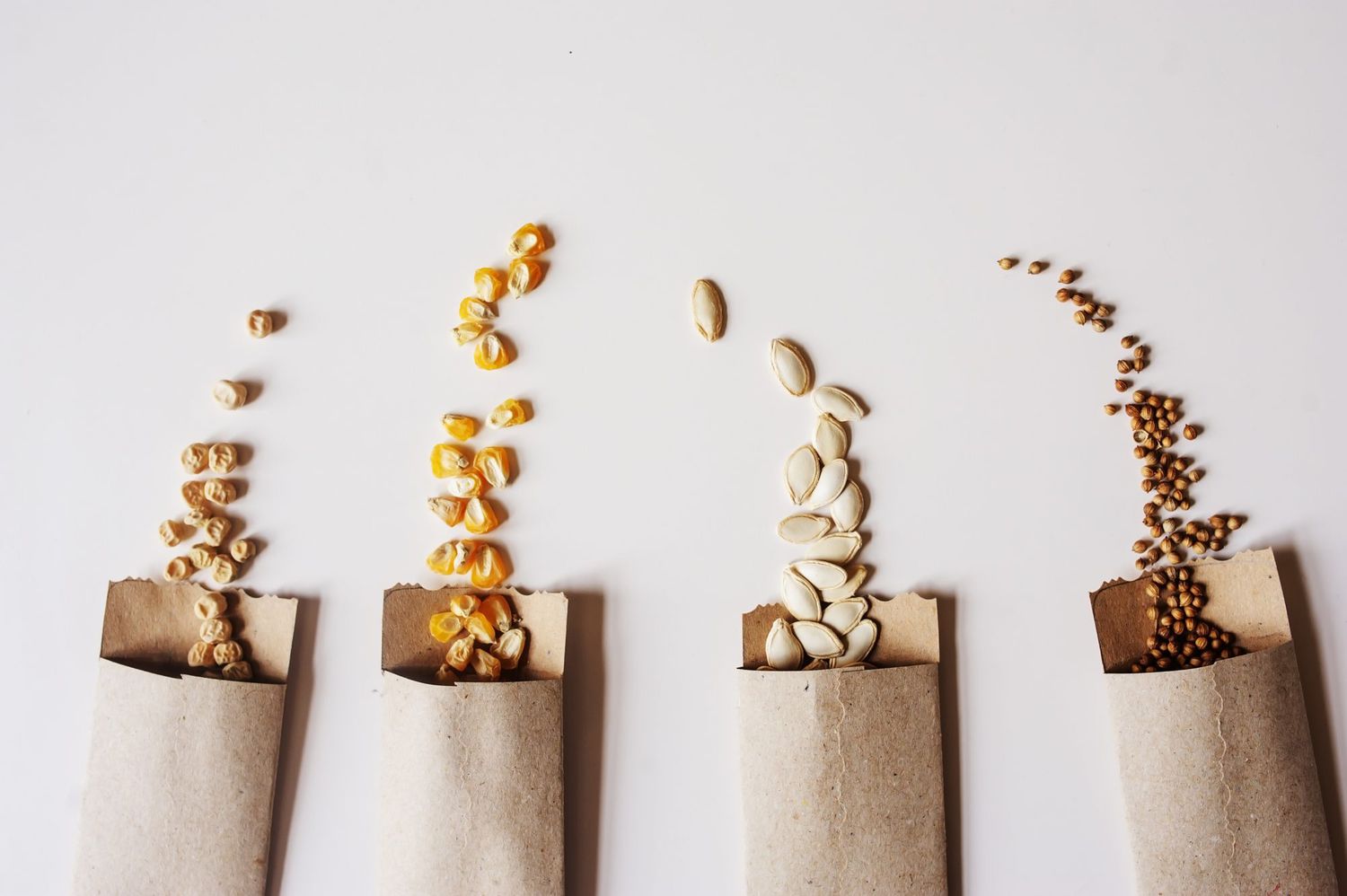
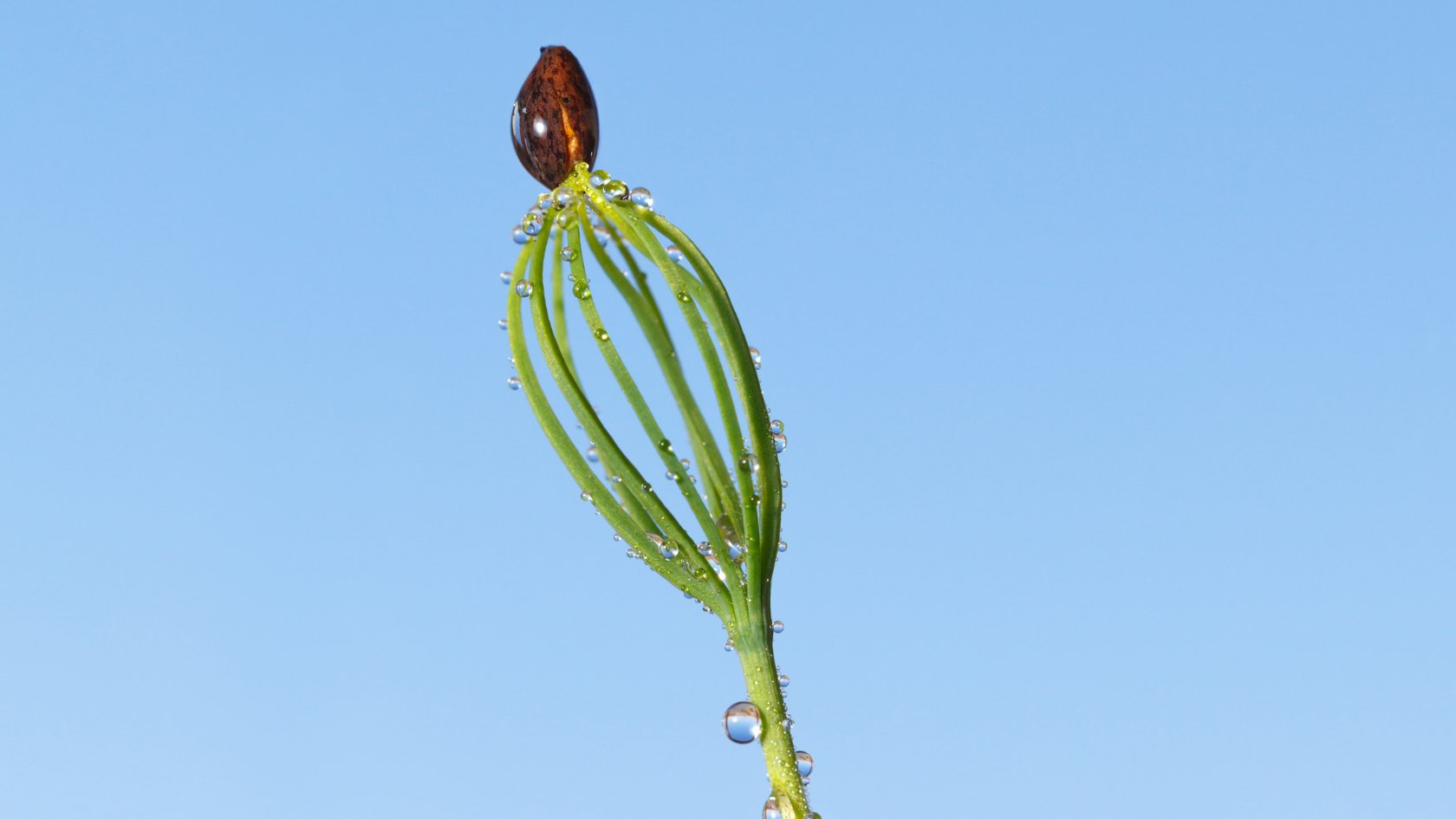
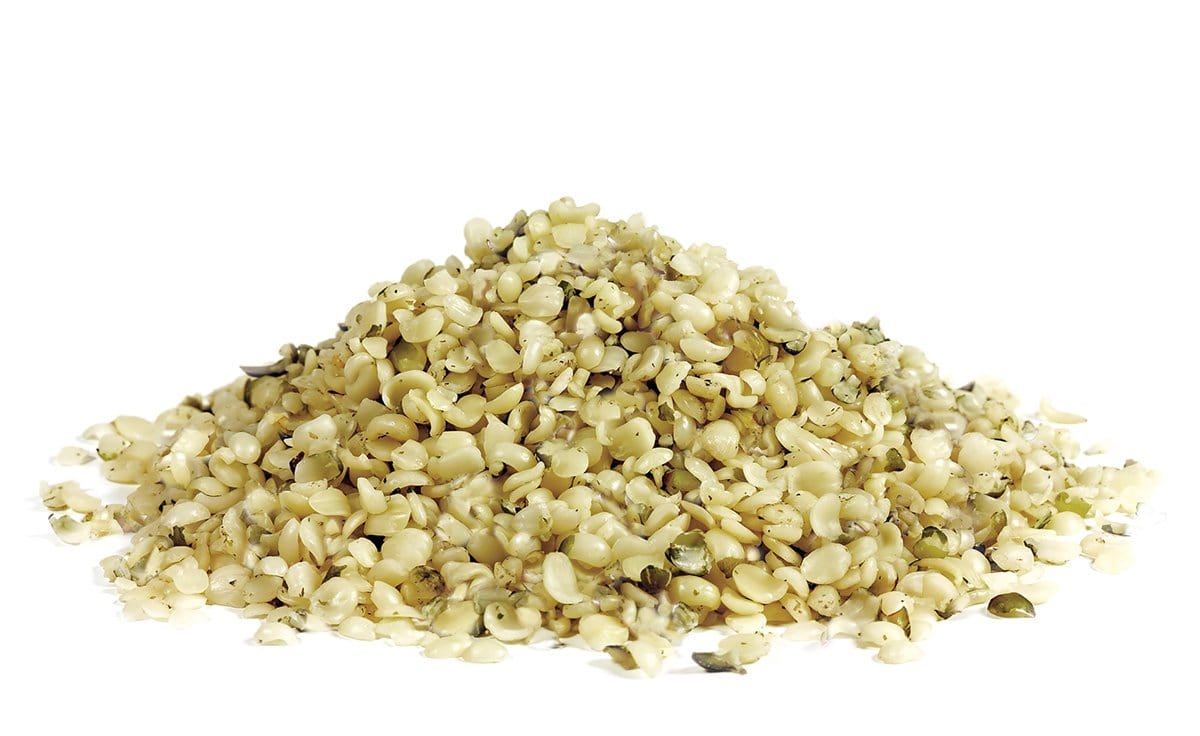
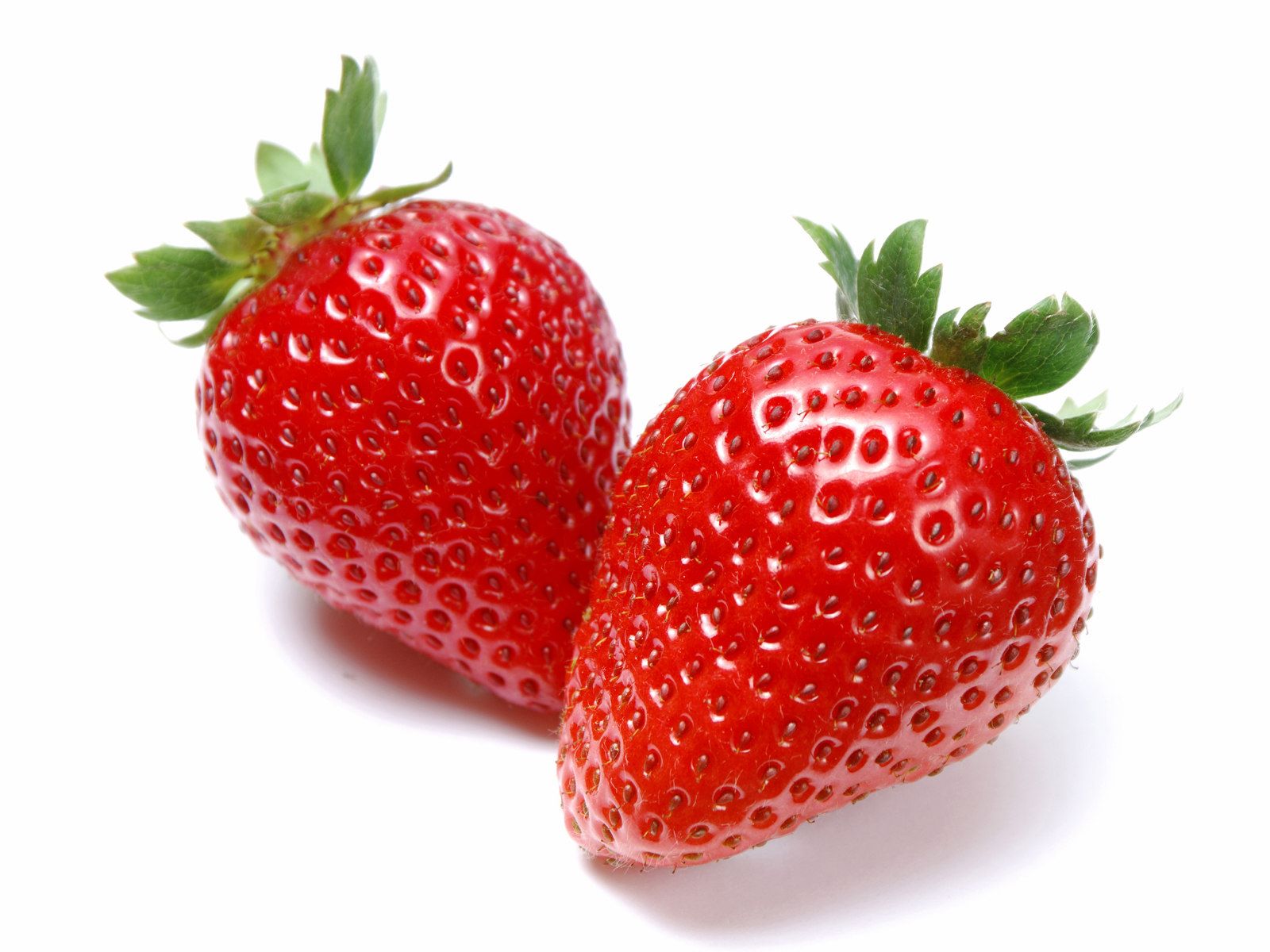
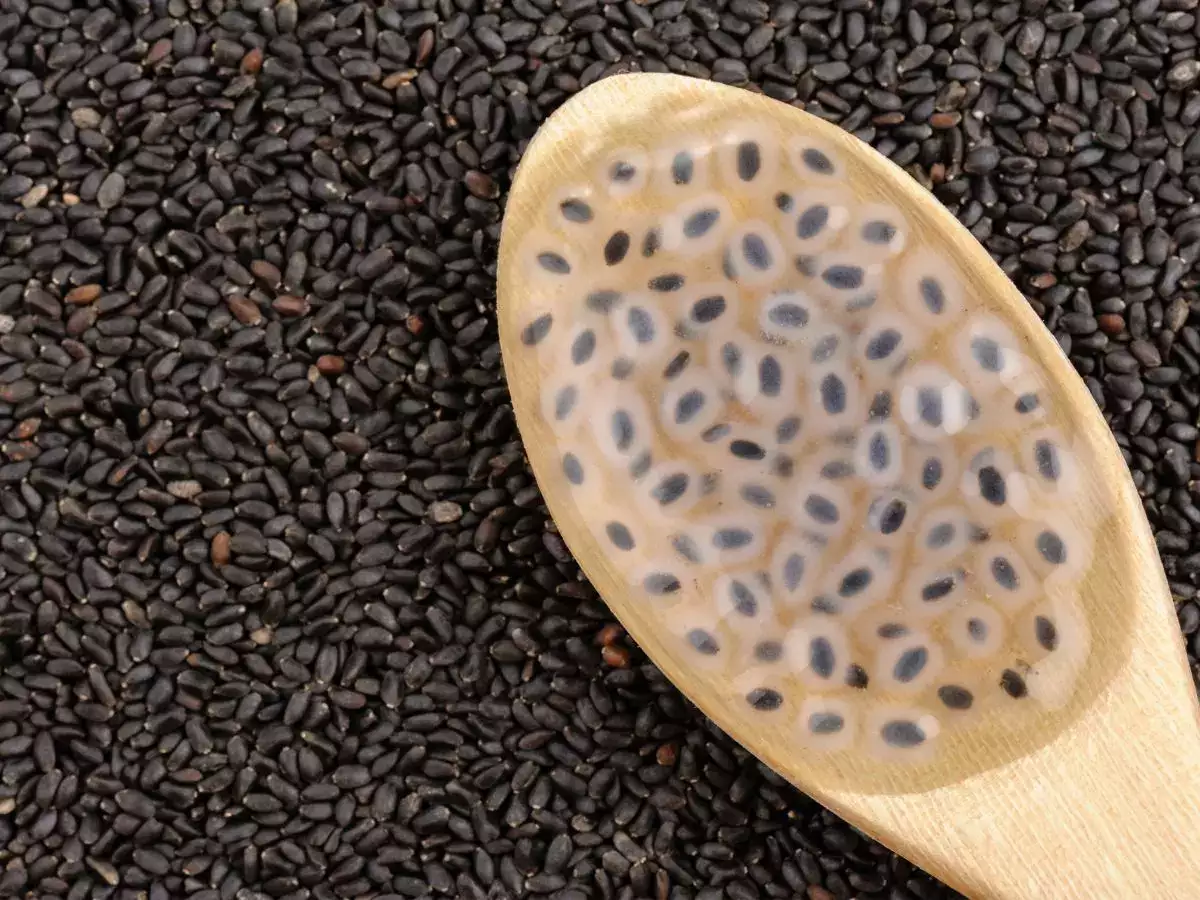
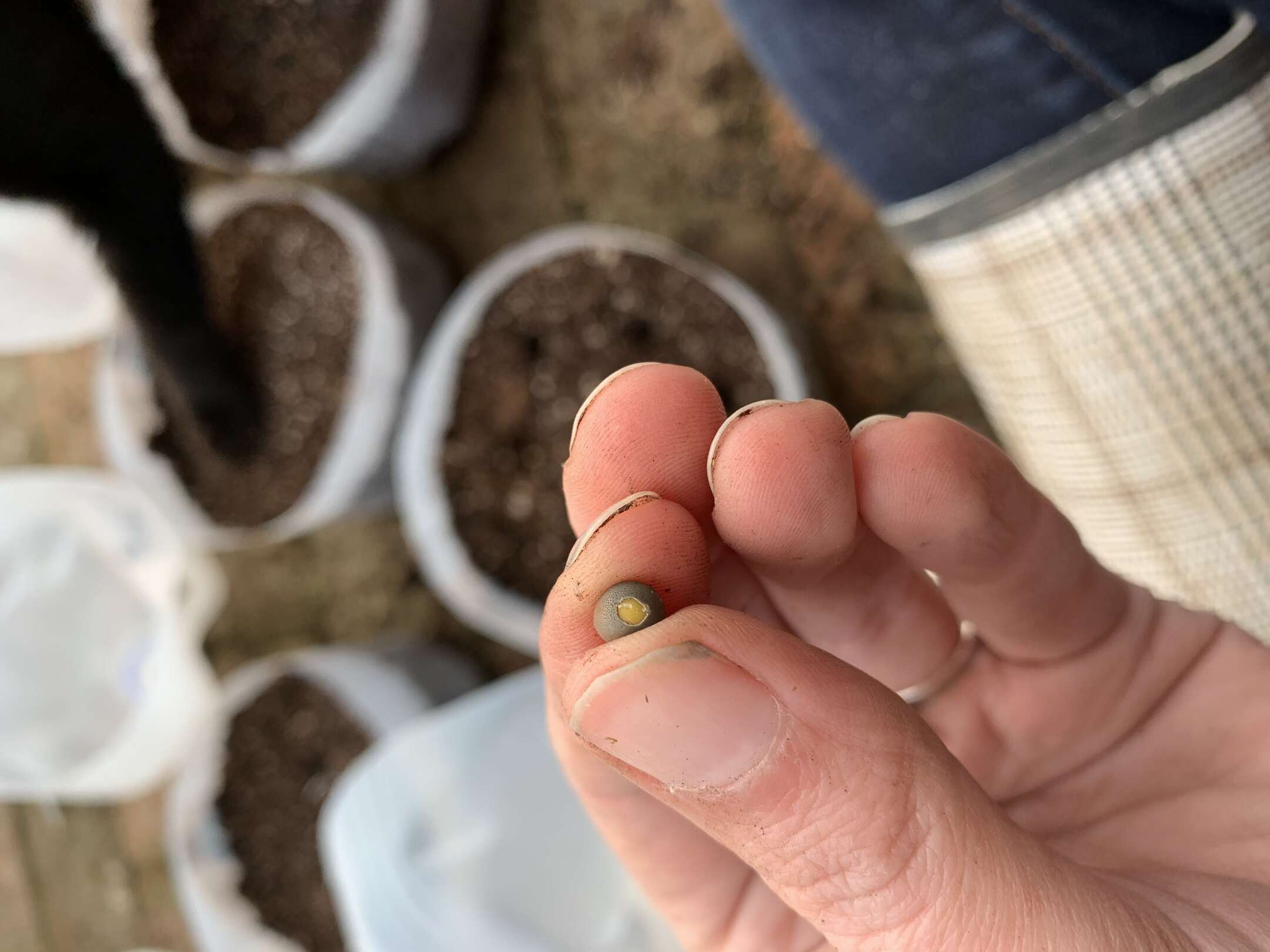

0 thoughts on “What Is Seed Cleaning”